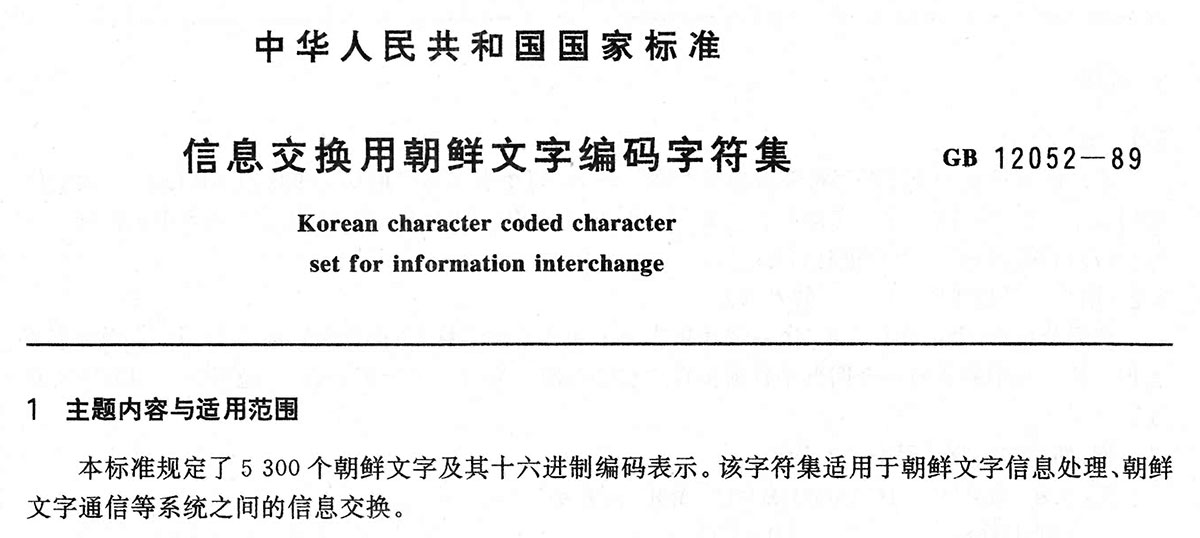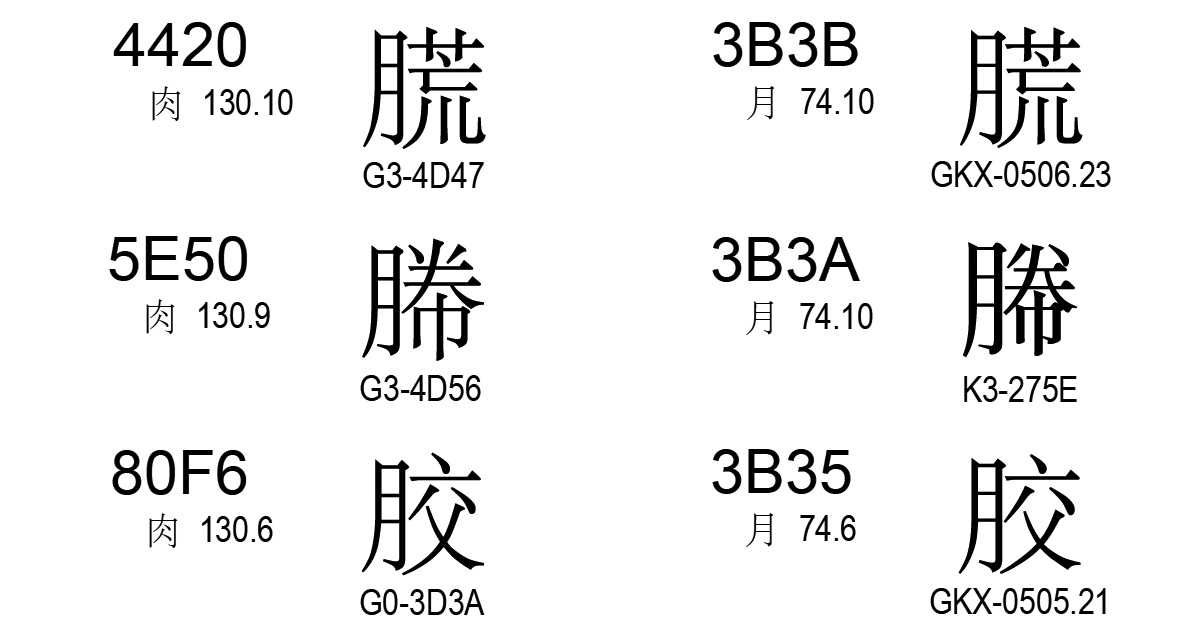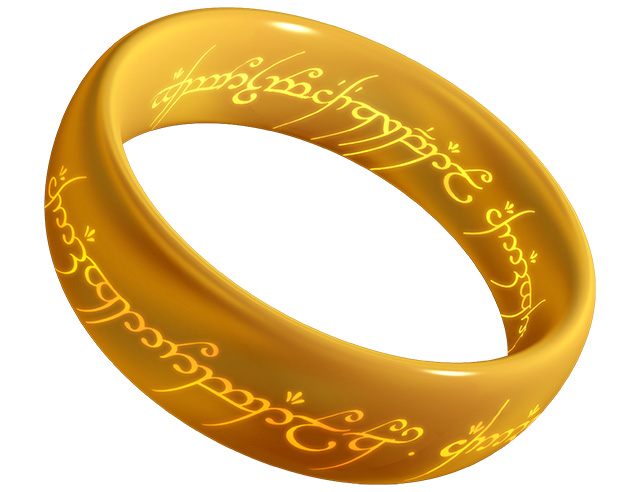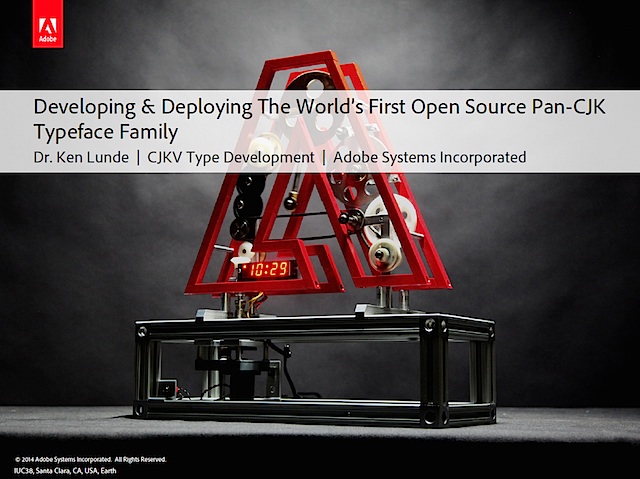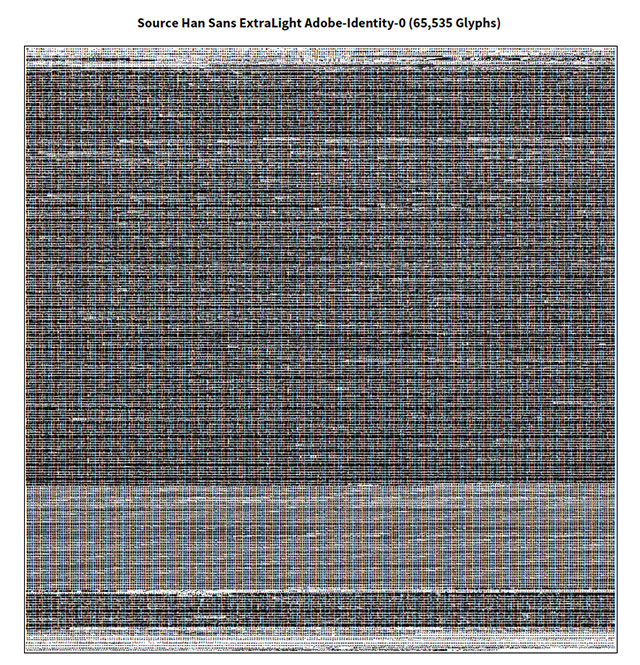
(Uni-chan image designed by Mary Jenkins)
In addition to attending IRG43 (ISO/IEC JTC1/SC2/WG2/IRG Meeting #43) in November as a US/Unicode delegate, I will also be serving as the Adobe host for this meeting, which will take place at Adobe’s headquarters in downtown San José, California. It will be a busy week for me, because while I will need to stay focused on the meeting itself, I also need to be mindful of matters related to logistics, before and during the meeting. Extension F (called Extension F1 by the IRG) is in the process of being handed off to WG2, and work on Extension G (called Extension F2 by the IRG) is expected to begin in earnest before and during IRG43.
By the way, the last time that an IRG meeting was held in the US was IRG37, which was hosted by Google in Mountain View, California in November of 2011. Before that, it was IRG29, which was hosted by Adobe in November of 2007.
I am very much looking forward to the meeting, meeting with the delegates, and being part of important CJK Unified Ideograph work.
A commemorative T-shirt may be necessary… ☺




